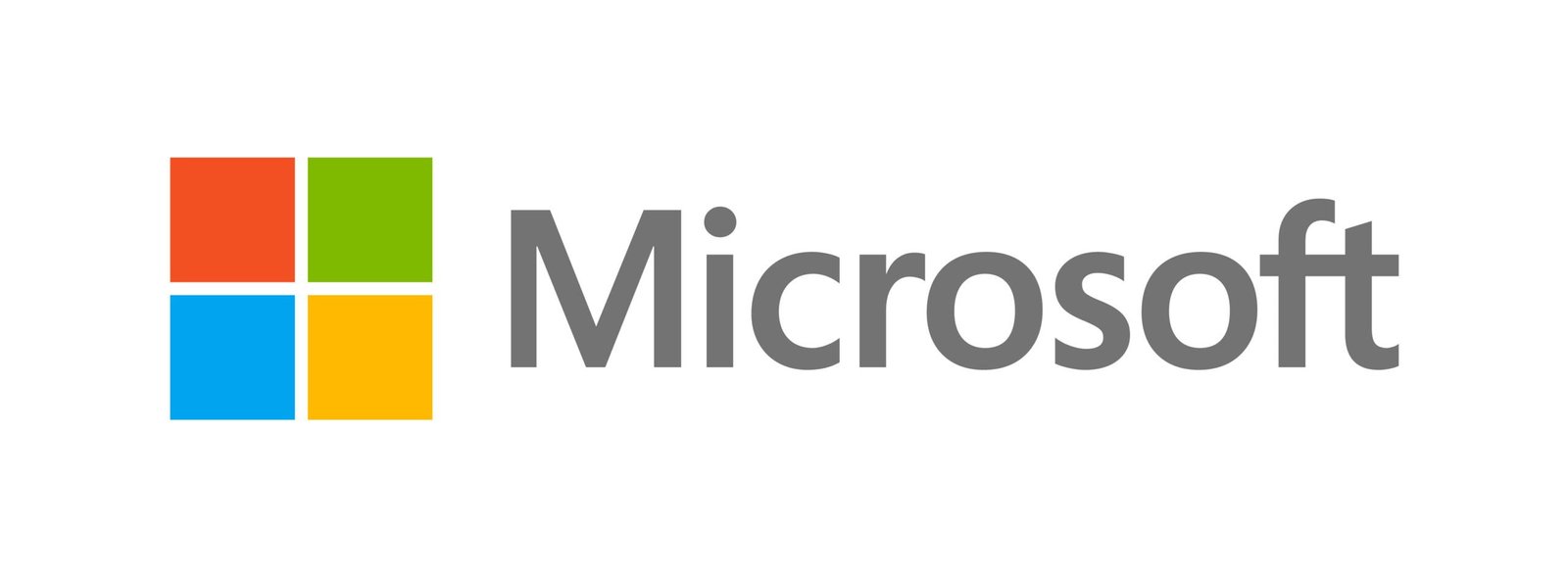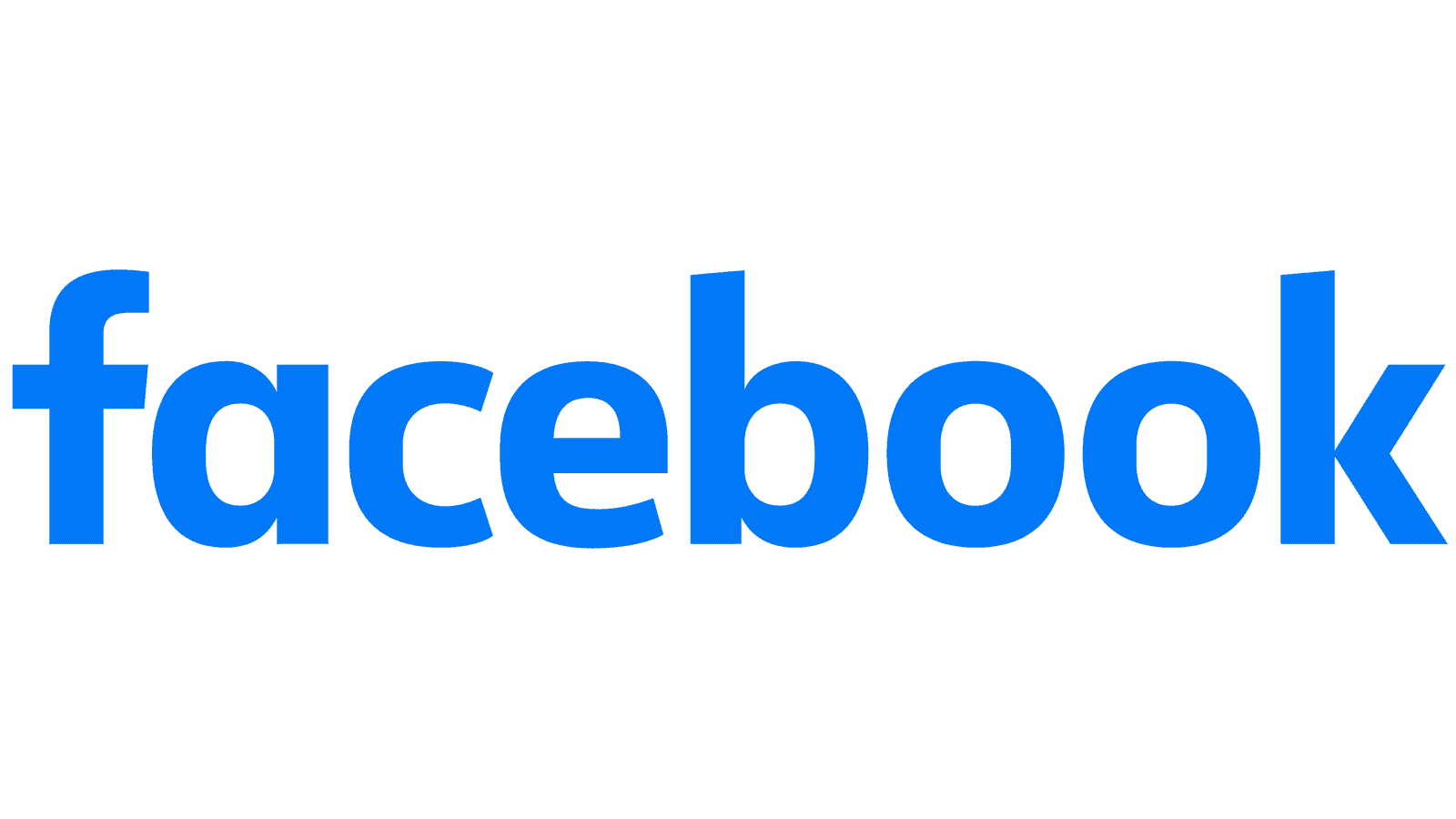
Understanding the behavior of your website visitors is crucial for the growth and success of your brand. By tracking visitor interactions, you can gain valuable insights into their preferences, enhance the user experience, and refine your marketing strategies. In this blog post, we’ll explore the tools available for tracking website visitors, explain how to use them, and demonstrate the impact of these insights on customer retention and business growth.
Why Track Website Visitors?
Understanding Audience Behavior:
Tracking your website visitors allows you to gather data on demographics, interests, and behaviors. This information helps you tailor content to meet the needs and preferences of your audience, ensuring a more personalized and engaging experience.Improving User Experience:
By analyzing visitor behavior, you can identify areas where users may struggle or lose interest. This enables you to optimize your site’s layout, navigation, and content to provide a smoother and more satisfying experience.Optimizing Marketing Strategies:
Understanding how visitors find and interact with your site can help you fine-tune your marketing efforts. By identifying which channels drive the most traffic and conversions, you can allocate your resources more effectively.Boosting Customer Retention:
Data shows that a 10% increase in customer retention can lead to a profit increase ranging from 25% to 95%. By understanding visitor behavior, you can create targeted retention strategies, such as personalized offers or improved customer support, to keep your customers coming back.
Essential Metrics to Track
Traffic Sources:
Understanding where your traffic comes from—be it organic search, direct visits, referrals, or paid campaigns—helps you identify the most effective channels.
Bounce Rate and Session Duration:
These metrics indicate how engaging your content is. A high bounce rate or short session duration may suggest that visitors aren’t finding what they’re looking for.
Conversion Rates:
Tracking how many visitors complete a desired action (such as signing up for a newsletter or making a purchase) helps you measure the effectiveness of your calls to action (CTAs) and landing pages.
Customer Lifetime Value (CLV):
CLV measures the total revenue expected from a customer over the duration of their relationship with your brand. This metric helps you understand the long-term value of your customers.
Page Views and Unique Visitors:
Knowing which pages are most visited and the number of unique visitors can help you identify popular content and overall site reach.





Tools for Tracking Website Visitors
Google Analytics:
Google Analytics is a comprehensive tool that provides insights into all the essential metrics. It’s free to use and offers detailed reports on user behavior, traffic sources, and more.
Setup Guide:
- Create a Google Analytics account.
- Set up a property for your website.
- Add the tracking code to your site’s HTML.
Hotjar:
Hotjar offers heatmaps and session recordings, allowing you to see where users click, scroll, and hover. This tool is excellent for gaining insights into user experience (UX).
Setup and Usage Instructions:
- Sign up for Hotjar and add the tracking code to your website.
- Configure heatmaps and session recordings.
- Analyze the data to identify UX improvements.
Mixpanel:
Mixpanel specializes in tracking specific user actions, such as button clicks or form submissions. It’s particularly useful for analyzing user journeys and funnel conversions.
How to Implement Mixpanel:
- Create a Mixpanel account and add the tracking code to your site.
- Define events and properties you want to track.
- Use Mixpanel’s dashboard to analyze user behavior and identify drop-off points.
HubSpot Analytics:
HubSpot provides integrated CRM and marketing analytics, making it a powerful tool for tracking visitor interactions and managing customer relationships.
Key Features and Setup Guide:
- Integrate HubSpot with your website.
- Set up tracking for different user actions and conversions.
- Utilize the CRM features to manage and analyze customer interactions.
Crazy Egg:
Crazy Egg offers visual representations of visitor clicks, scrolls, and more. It’s an intuitive tool for understanding how users interact with your site.
Installation and Usage:
- Sign up for Crazy Egg and install the tracking script.
- Set up heatmaps and scrollmaps.
- Use the data to make informed decisions about layout and content changes.
How to Implement These Tools
Setting Up Google Analytics:
Start by creating a Google Analytics account and setting up a property for your website. Add the provided tracking code to your site’s HTML. Once set up, you can begin monitoring metrics like traffic sources, bounce rates, and conversion rates.
Using Heatmaps and Session Recordings:
Tools like Hotjar and Crazy Egg provide visual insights into user interactions. By analyzing where users click and scroll, you can identify areas of your site that may need improvement.
Analyzing User Journeys:
Mixpanel and HubSpot offer advanced analytics capabilities. By tracking specific actions, you can map out user journeys and optimize your site’s funnel to reduce drop-offs and increase conversions.
Case Study: The Impact of Visitor Tracking
Example: A Retail Brand’s Experience:
We used these tools to track visitor behavior in retail brands and discovered that a significant number of users abandoned their shopping carts at the checkout page. By analyzing the data, they identified that the checkout process was too complicated. After simplifying it, they saw a 15% increase in conversions, demonstrating the tangible benefits of tracking and optimizing user experience.
Conclusion
Tracking website visitors is a crucial strategy for any brand looking to understand their audience, optimize user experience, and improve marketing efforts. By using tools like Google Analytics, Hotjar, Mixpanel, HubSpot, and Crazy Egg, you can gather invaluable data to drive business growth.
If you’re feeling overwhelmed or unsure about how to implement these strategies, don’t worry! At WEBSIGH, we specialize in helping brands like yours navigate the complexities of website analytics and optimization. Contact us today to learn how we can assist you in leveraging these powerful tools to enhance your online presence.
The technology that we use to support you
Ready to reduce your technology cost?
See More Blogs
Partner with Us for Comprehensive IT
Call us at: 700-880-7871
- Client-oriented
- Independent
- Competent
- Results-driven
- Problem-solving
- Transparent











